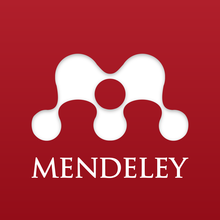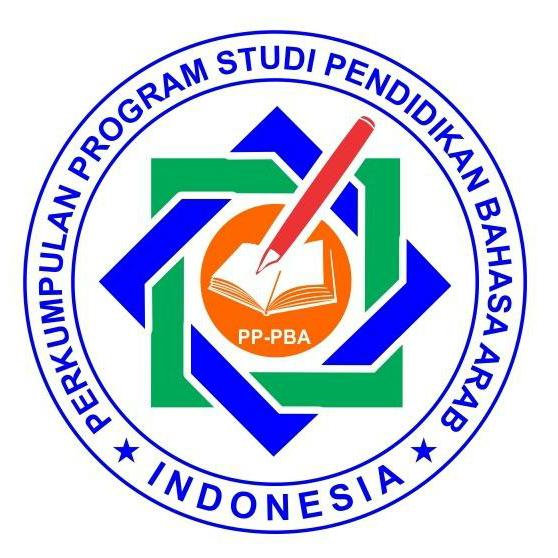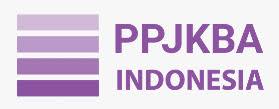Author Guidelines
General Guidelines
Articles are free from plagiarism.
Articles are the results of quantitative, qualitative, or library research studies that have never been published online or offline.
The theme of the article is authentic, has rationality, and answers the problems surrounding the latest languages and literature.
Research themes include study; 1). Arabic Linguistics (phonology, morphology, syntax, semantics, psycholinguistics, sociolinguistics, anthropolinguistics, philology, stylistics, language philosophy, semiotics, language teaching, lexicography, translation and pragmatics). 2). Arabic Literature (Classical Literature, Modern Literature, Oral Literature, Literary Literature, Children's Literature, Comparative Literature, Literary Critics, Psychological Literature, and Sociological Literature). 3) Arabic Learning (Teaching and Learning, Language and Assessment, Language Instructional Materials, Curriculum Design and Development, Applied Linguistics on Arabic Fields, Arabic Language Acquisition.
The language focus published in this journal are Arabic, English, or Indonesian.
The entire article of the article body consists of about 4000-7000 words using Ms. Word; font type Palatino Linotype, size 11. Page Setup; Margin, Top 2, Bottom 2, Left 2, Right 2, and Paper Size A4 with spaces adjusted to each sub-article body.
If the writing is in Arabic, then the typeface is Arabic Typesetting (21) with a single space for the entire writing in the body of the article.
Use Arabic-Latin Transliteration if there are Arabic writings those must be written in latin. The guidelines of Arabic-Latin transliteration can be accessed in the Arabic-Latin Transliteration.
Article Template
Manuscript Preparation
The American Psychological Association (APA) standards is used for publications, both in terms of publication structure (i.e., IMRaD) and citation style. Please follow the Publication Manual of the American Psychological Association (7ed.). Manuscripts that do not follow the required APA style will be rejected directly by editors.
|
Title |
Titles should be kept concise, informative, and interesting. Keep the title no more than 14 words. |
|
Affiliation |
Provide the brief address of each author’s affiliation. |
|
Abstract |
The abstract is written in English, containing elements of the purpose of writing, methods, results, and conclusion. Written between 200-250 characters with the formation of one paragraph that includes all of these elements. |
|
Keywords |
Write 3-5 words; arranged alphabetically. |
|
Introduction |
The introduction is a background problem that describes academic anxiety, the irrelevant between ideality and reality, theoretical and applicable. In the background of the problem, the author must explain the latest research relevant to the topic to be discussed along with references. Then, in this sub, the author can define the position and significance of the writing to be addressed with research that is still relevant before. Furthermore, the writer can explain the purpose of the research and the significance of the study theoretically and pragmatically. |
|
Methods |
It should be written in paragraphs. It explains the approach of the research, the kinds of research, the data collection technique, and data analysis. They should reflect on and describe the purpose of the study appropriately. In the next paragraph, the author must display the research framework in a concept map or diagram. |
|
Findings and Discussion |
Findings: Inform a number of important data (original) fields which obtained from the questionnaires, surveys, documents, interviews, observations, and other data collection techniques. It can be completed with a table or graphic to clarify the result. Discussion: Discussion is the most important part of writing a journal article. At this stage, the author must present the thesis and research findings systematically, scientifically, and factually. Explain the impact of research findings and their impact. Then the writer must compare the results with previous studies relevant to the topic of discussion. |
|
Conclusions |
This summarizes the evidence of the main points or findings of research problems that are by the research objectives. It consists of two paragraphs (maximum). Please do not restate findings and discussions. Provide a meeting of the overall scope of the article and a concluding remark. |
| Bibliography |
References should be cited both in the text and in the references list and should conform to the American Psychological Association (APA) 7th Edition. It should be listed in alphabetical order. Please ensure that all information in your manuscript that is taken from another source is substantiated with an in-text reference citation. A minimum of 80% of sources published 10 years recently is required for each submission. Articles in Aphorisme: Journal of Arabic Language, Literature, and Education are suggested to be used as references. |
Instructions for Revised Submissions
|
1 |
Please provide a copy of the revised text with changes marked in the text using either tracking changes or highlighting |
|
2 |
In your written response to the reviewers’ comments, give the page number(s), paragraph(s), and/or line number(s) where each revision was made. |
|
3 |
Respond to each referee’s comments, indicating precisely the changes made in response to the critiques. Also, give reasons for suggested changes that were not implemented, and identify any additional changes that were made. |
|
4 |
Revisions not received within 1 months will be administratively withdrawn. For further consideration, the manuscript must be resubmitted. At the editors’ discretion, and in cases where substantial new data are required, extensions may be granted for revisions. In such cases, every effort will be made to retain the original reviewers |
Submission Preparation Checklist
As part of the submission process, authors are required to check off their submission's compliance with all of the following items, and submissions may be returned to authors that do not adhere to these guidelines.
- The submission has not been previously published, nor is it before another journal for consideration (or an explanation has been provided in Comments to the Editor).
- The submission has not been previously published, nor is it before another journal for consideration (or an explanation has been provided in Comments to the Editor).
- Where available, URLs for the references have been provided.
- The text is single-spaced; uses a 12-point font; employs italics, rather than underlining (except with URL addresses); and all illustrations, figures, and tables are placed within the text at the appropriate points, rather than at the end.
- The text adheres to the stylistic and bibliographic requirements outlined in the Author Guidelines.




.jpg)


1.jpg)
